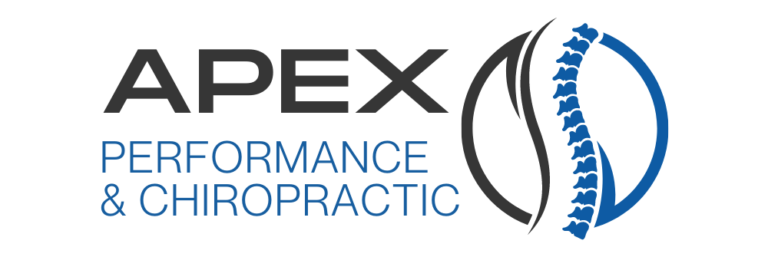Dry Needling

At Apex Performance and Chiropractic, we tailor your treatment plan to your specific set of symptoms. One technique that could be incorporated into your plan is Dry Needling. This technique is not common in all chiropractic offices and is something your doctor will carefully consider if it is right for your specific situation.
Let’s tackle some of the most frequent questions that we receive about the Dry Needling:
What is Dry Needling?
When your chiropractor decides to incorporate Dry Needling into your treatment plan, here is what you can expect. Dry Needling is when an acupuncture needle is inserted into your skin, down to the muscle to interact with myofascial trigger points (MTrP).
What are the Benefits of Dry Needling?
Dry needling has been shown to provide an immediate reduction in local and widespread pain after one dry needling session. Here’s how:
- Local Twitch Response: Dry needling can elicit ‘local twitch response’. This is an involuntary spinal reflex that results in the localized contraction of the muscles being dry needled.
- Increased Blood Flow: Dry needling causes vasodilation (the widening of blood vessels as a result of the relaxation of the blood vessel’s muscular walls) in the small blood vessels which leads to an increased muscle blood flow and oxygenation.
- Neurophysiological effects: Dry needling may produce local and central nervous responses to restore balance at the site of the trigger point which results in a reduction in both central and peripheral sensitization to pain.
Is Dry Needling Safe?
This method of dry needling is an invasive procedure which means that this treatment plan is not for everyone. There are certain medical conditions that can deem this treatment harmful for some. It’s important to talk through your complete medical history with your doctor prior to this treatment.
Does Dry Needling Hurt?
It does not typically hurt when the needle is inserted into the skin and muscle tissue. Occasionally, however, your muscle will twitch when the needle is inserted which may leave the muscle feeling sore. After the treatment, you could feel some muscle ache or soreness for a day or two after, which feels like a bruise or if you worked out that muscle for the first time in a while.
What does a Dry Needling Session Look like at APC?
If your doctor has determined that Dry Needling is appropriate for your treatment plan, they will explain to you the process in depth to ensure you are educated on the treatment. They will discuss with you the sensations you might feel during and after the treatment. You should go into the treatment fully aware of what you can expect.
